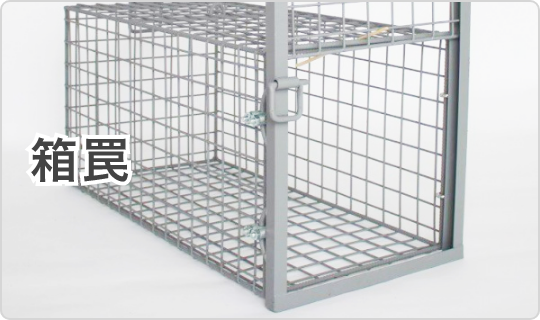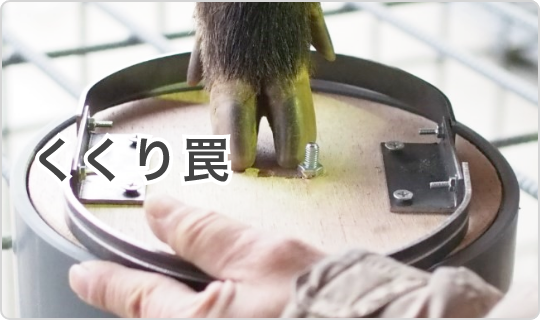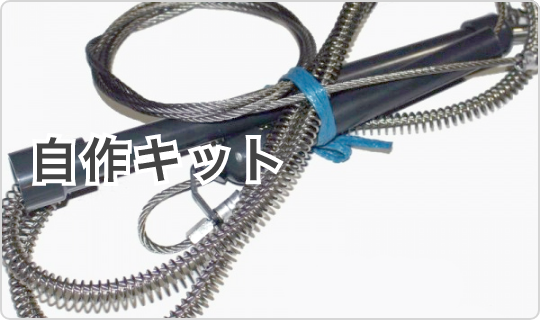Tsushima City, Nagasaki Prefecture is an island located in the west of the Sea of Japan. Floating in the Tsushima Strait between Kyushu and Korea, it is also called the "Border Island". It is 132 km by sea route to Hakata Port, and 49.5 km by straight line to South Korea. Due to the geographical condition of being the closest part of Japan to the Korean Peninsula, many cultures and histories are alive as a bridge between the continent and Japan.

1. Tsushima where rich nature remains. 89% of the island is occupied by forests
There are many specialty products, including seafood, shiitake mushrooms, local sake, and many gourmet foods such as Taishu soba, the original type of soba from the late Jomon period. In recent years, it has also attracted attention as the stage for the period drama action game "Ghost of Tsushima," which has become a hot topic around the world.
The size of the island is 82 km from north to south, 18 km from east to west, and the area is about 708 square km. Except for the main island of Okinawa and the four northern islands, it is the second largest after Sado Island and Amami Oshima.
The island is rich in nature, with 89% of its area covered by forests, but on the other hand, it suffers from ecological damage such as damage to agricultural crops and forestry caused by wild boars and deer, as well as loss of undergrowth in the mountains. In response to such damage, Tsushima City is implementing measures against wild boars and deer, and various efforts are being made to develop communities and human resources that are not inferior to wild boars and deer.
This time, we interviewed Mr. Hidaka of the Agriculture, Forestry and Fisheries Department of Tsushima City Hall about measures against wild boars and deer in Tsushima City.
Current status of wild boar and deer damage in Tsushima City
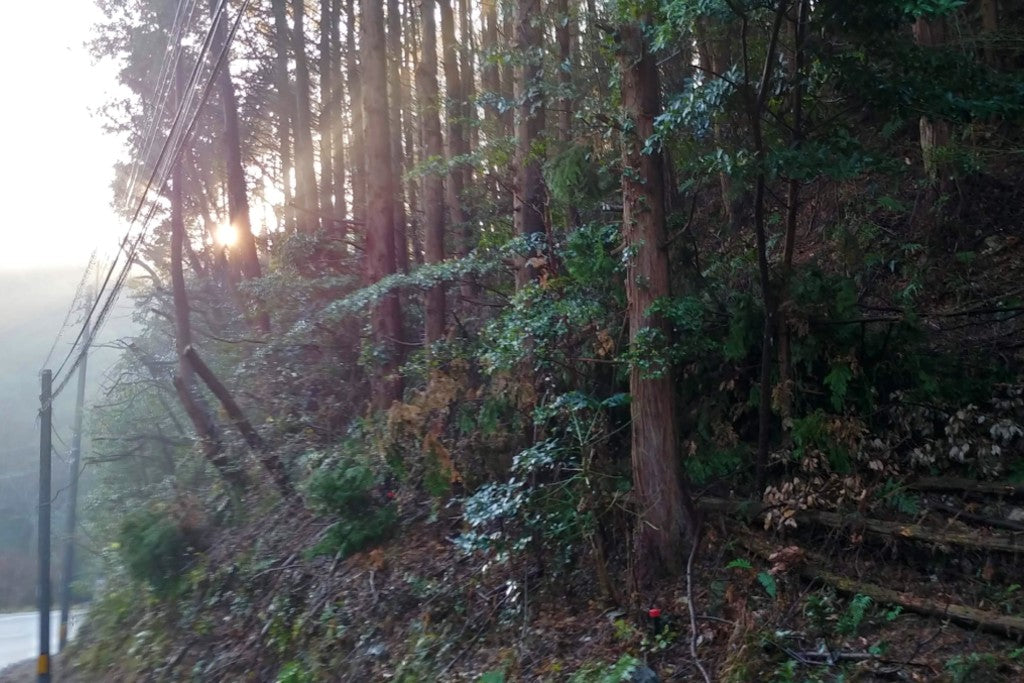
2. Many wild boars and deer inhabit the area, causing damage to crops and forests.
-First, please tell us about the current state of damage to wild boars and deer in Tsushima.
Hidaka: Currently, due to the increase in wild boars and deer in Tsushima City, the current situation is that crops are damaged by eating and trampling, forests are damaged by resin stripping, and ecosystems are being damaged by a decrease in understory vegetation and sediment runoff. . In recent years, wild boars and deer have appeared in the vicinity of urban areas, and contact accidents have occurred.
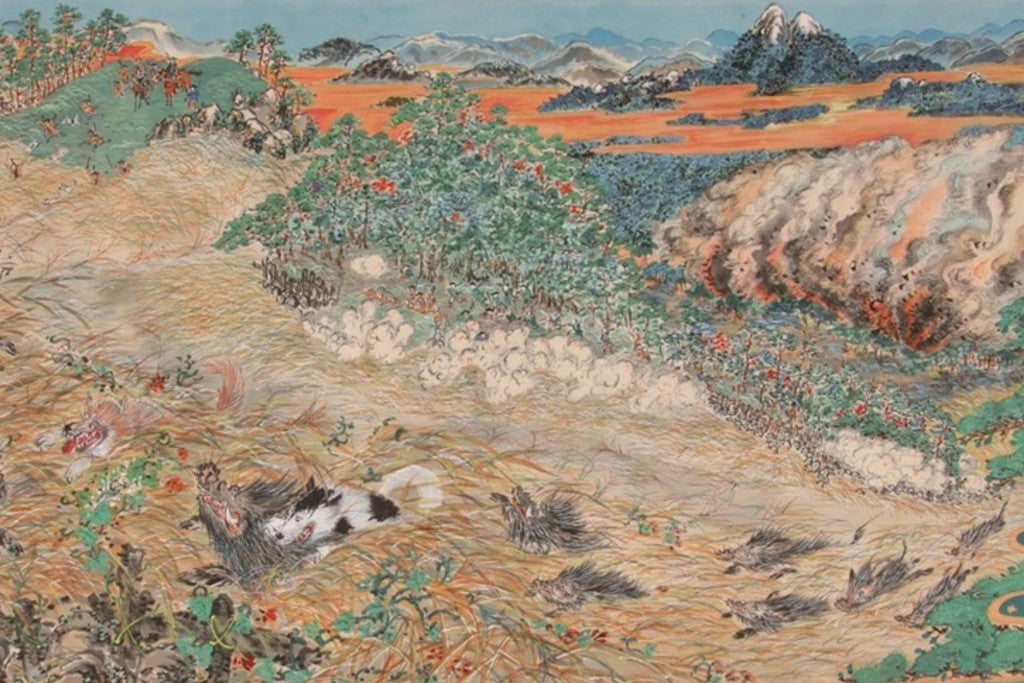
3. "Choroku Oitsume" from the official website of Tsushima City
About 300 years ago, Tsushima was led by Totsuan Suyama, who worked hard to promote agriculture in the Tsushima domain to help farmers who were suffering from agricultural damage caused by wild boars. There is a history that the wild boar was exterminated over the course of nine years.
However, about 30 years ago, wild boars brought from outside the island became wild, and one adult was captured in 1994, and the damage has spread to the entire island.
Damage caused by deer is becoming more prominent. The deer that inhabit Tsushima is a subspecies of the deer that inhabits only Tsushima. In the 1960s, due to increased hunting pressure, the population declined, and it was designated as a natural monument of the prefecture, and all capture was prohibited. However, after that, the population increased, causing damage to agriculture and forestry.
Countermeasures against wild boars and deer damage and capture status
-What are the measures taken against wild boars and deer and how are they being captured?
Hidaka: In response to the spread of damage, the city has introduced a system to issue rewards for capturing wild boars and deer that cause damage, as in other areas where harmful birds and beasts are captured. As a result, in fiscal 2019, approximately 8,236 deer and approximately 5,367 wild boars were captured. There is also a track record of capturing up to 1,000 in a month.
However, the damage has not decreased yet, and the pace of capture has not caught up. Forest damage is especially serious. The use of protective fences and wire mesh for crop damage to fields tends to reduce the amount of damage, but forest damage covers a wide area, and we must increase the capture pressure.
New measures to reduce forest damage
-I heard that you are working on new measures in anticipation of the future in order to reduce damage.
Hidaka: Tsushima City is the first city in Japan to start a project to subsidize traps for catching deer, mainly as a subsidized project to reduce forest damage.

Four. Trap to be introduced in Tsushima City
Currently, about 30% of the capture methods are with firearms, and about 70% with traps. Capturing with firearms is limited due to problems such as permits and regulations, and the burden on the hunting club will increase. Therefore, we decided to subsidize 1,500 traps for catching deer, paying attention to the fact that using traps with low hurdles can produce sufficient results.
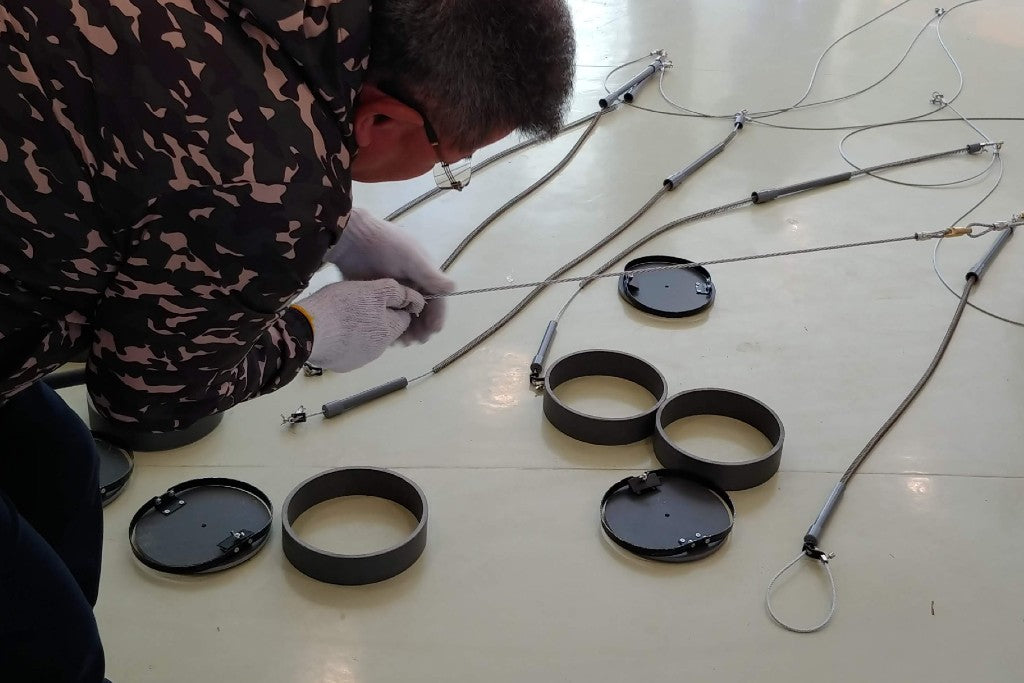
Five. With the cooperation of the hunting club, carefully check the subsidy traps
Specifically, this winter, Tsushima City has set up a month to strengthen measures against harmful wildlife damage, and will provide traps to those who have captured deer.
Even those who have never had the opportunity to set traps or who have never used tying traps, if we can create an "opportunity" through our project, we will be able to cooperate with countermeasures throughout the island.
Even those who have not captured many fish in the past will be able to increase the pressure to capture them if they increase their numbers through this initiative.
- So you're collaborating with the local community and hunting associations?
Hidaka: Yes. The hunting club will cooperate with the distribution of the tying traps as the business entity. The aim is to reduce the damage by increasing the capture pressure by building a system in which the region and the hunting club work together.
summary
In Tsushima City, as part of the island revitalization, we are also working on the development of leather craft products using the "skin" of captured wild boars and deer. The aim is to help revitalize the island while working on wildlife countermeasures.
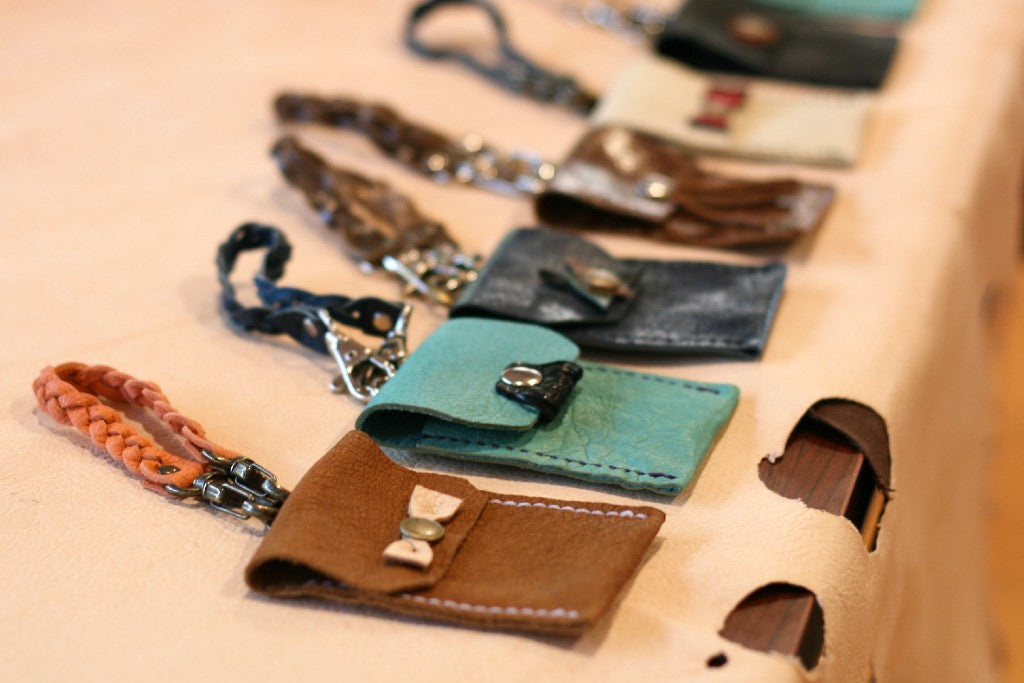
6. Revitalize the island with leather crafts using the skins of captured wild boars and deer
It is important for governments, hunting associations, and local residents to work together to tackle wildlife control. Tsushima City's new tie-up trap project can also be said to be a community-wide measure to stop the damage of wild boars and deer.

7. Effective use as gibier meat. It is also sold at hometown tax
This initiative, which is the first of its kind in Japan, will serve as a valuable reference for other local governments that are suffering from wildlife damage when considering future wildlife damage countermeasures.

 箱罠
箱罠
 くくり罠
くくり罠
 パーツ類
パーツ類
 電気柵
電気柵
 自作キット
自作キット
 防獣グッズ
防獣グッズ
 監視カメラ
監視カメラ
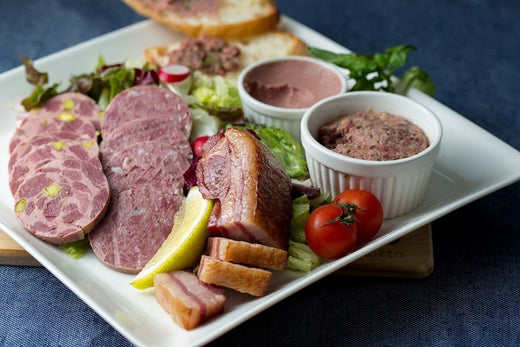

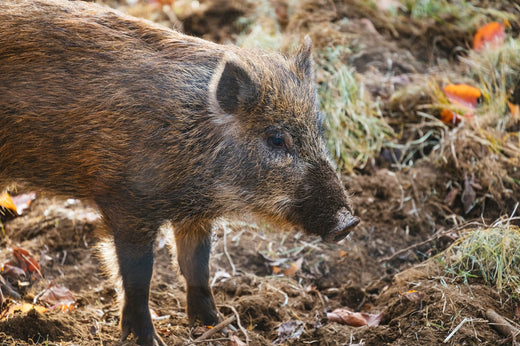
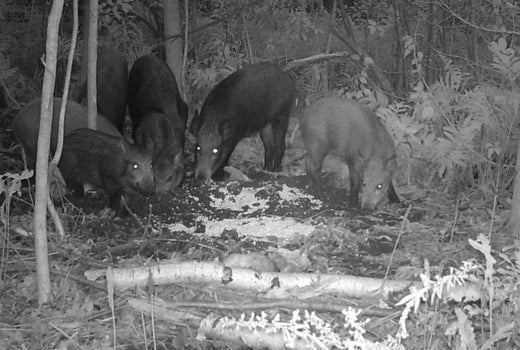
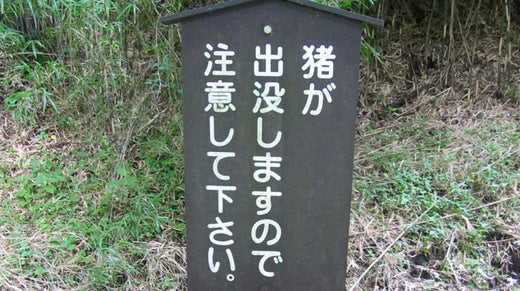
 box trap
box trap
 tying trap
tying trap
 enclosure trap
enclosure trap
 Prevention and avoidance goods
Prevention and avoidance goods
 electric fence
electric fence
 trap surveillance camera
trap surveillance camera
 transportation goods
transportation goods
 Trap detection sensor
Trap detection sensor
 hunting supplies
hunting supplies
 hunting books
hunting books
 Anti-bird goods
Anti-bird goods
 Agricultural materials/machinery
Agricultural materials/machinery
 boar
boar
 deer
deer
 Kyon
Kyon
 monkey
monkey
 raccoon
raccoon
 Badger
Badger
 palm civet
palm civet
 raccoon dog
raccoon dog
 nutria
nutria
 mouse or rat
mouse or rat
 Mole
Mole
 bear
bear
 pigeon
pigeon
 Crow
Crow

